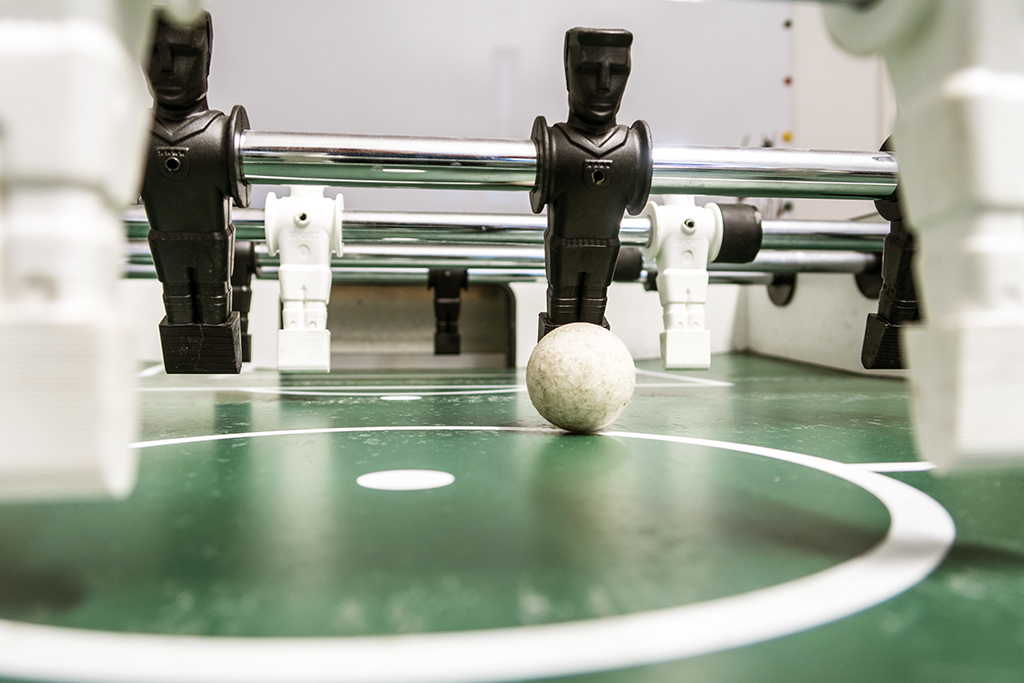Why is Self-Empowerment Essential for Leaders?
Leaders are constantly under pressure: they must not only guide their teams but also meet the expectations of superiors and stakeholders. Without targeted self-empowerment, this can quickly lead to stress, exhaustion, and ineffective leadership. However, those who actively engage with their own self-determination lead more successfully, remain more resilient, and enhance both their own and their team’s performance.
The Two Basic States of Leadership
- „Führungslust“: Passion
- Proactive and independent actions
- Authenticity and clear value orientation
- Flexible responses to challenges
Benefit: Confident and inspiring leadership that motivates teams and fosters growth.
- „Führungsfrust“: Frustration
- Negative thoughts (self-doubt, fear of mistakes)
- Physical signals (exhaustion, tension)
- Dysfunctional behavior (micromanagement, overload)
Solution: Recognizing these symptoms consciously and counteracting them through self-empowerment.
Training Self-Empowerment: The Three Leadership Levers
Successful leadership is based on balancing rationality, emotion, and action. Self-empowerment can be trained by strengthening the following levers:
- Head (Thinking)– Understanding one’s own values and goals, making conscious decisions.
- Body (Emotions)– Developing emotional intelligence, reducing stress, acting authentically.
- Hand (Action)– Establishing effective routines, implementing proactive leadership strategies.
Self-Reflection questions for more effective leadership along 4 dimensions:
- Awareness (Sharpening Self-Awareness)
- What values drive me?
- What drains my energy?
- How do I respond to external expectations?
- Attraction (Developing a Leadership Vision)
- What leadership style suits me?
- What qualities do I want to develop?
- How do I step out of my comfort zone?
- Action (Concrete Implementation)
- What new habits do I need to establish?
- How can I improve my descison making process?
- How can I engage in conscious interactions with the team?
- Alignment (Regular Reflection & Adjustment)
- What progress have I made?
- Where do I want to develop further?
- How does my leadership style remain sustainably effective?
Conclusion: Leading Consciously, Growing Sustainably
Self-empowerment is not a one-time decision but a continuous process. Those who actively engage with their own leadership personality remain successful, resilient, and inspire their team in the long term.
Find more practical strategies and exercises at: www.sel-workbook.de.
